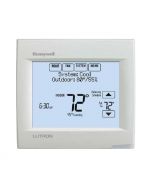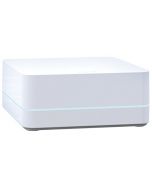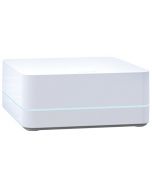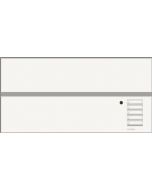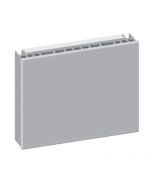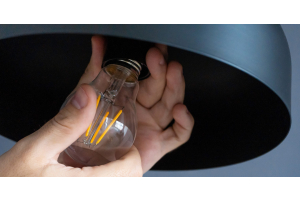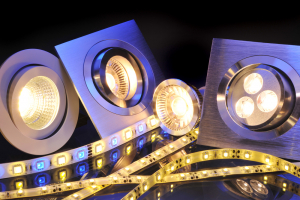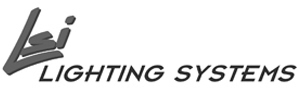Lighting Control Systems
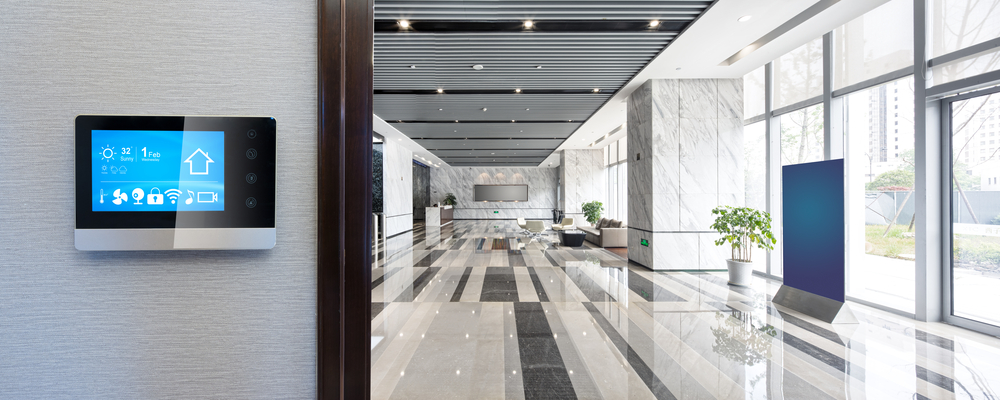
Lighting Control Systems
There is no disputing that lighting technology has been advancing in leaps and bounds. The latest in LED lighting, for example, allows for greater operational capacities and more energy efficient lighting fixtures. As the technology behind the lights themselves advances, so too does their lighting control systems. Lighting control systems can generally be defined as any room or building based system that controls various building automation applications; such as room lighting, HVAC systems, security and motion sensors, and even window blind control. Since there is such a wide variety of applications for these systems, there are multiple different types of lighting control systems. Each of these systems have their own use case based on cost considerations, application, and brand compatibility. This short article will discuss each of the types of control systems and breakdown their advantages and disadvantages.
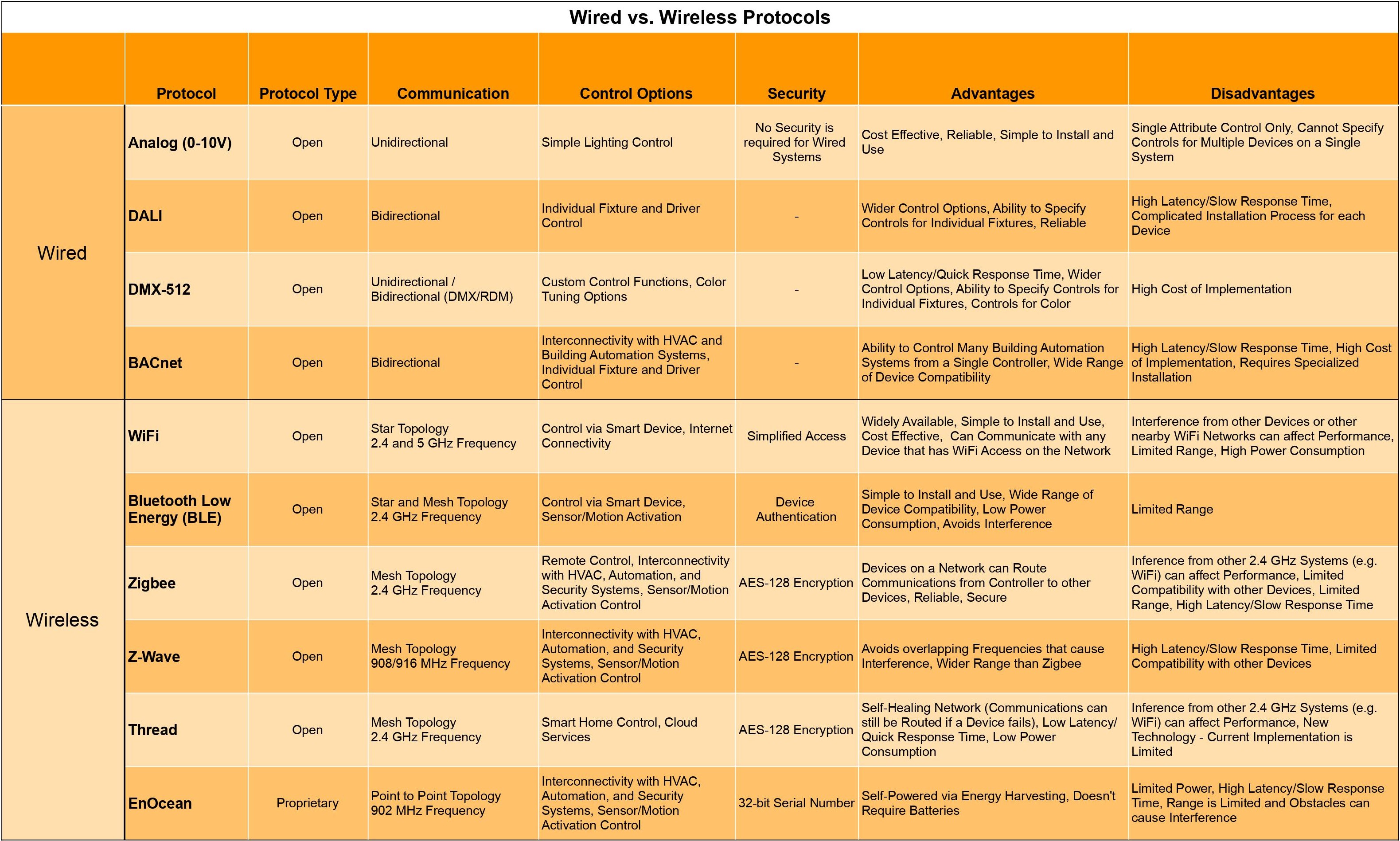

The biggest difference found in lighting control systems is the type of protocol that it uses. A protocol is the software which allows the base station to communicate with each of the fixtures and components on the system. The two types of protocols are Open or Standard Protocol and Proprietary Protocol. As the names of each protocol suggest, the Standard Protocol systems are generally considered to be “open-source” or available for any manufacturer or consumer to use freely. Proprietary Protocol systems, on the other hand, use a licensed software that ensures that the components are all compatible as long as they belong to the same brand or family of brands.
Open/Standard Protocol
Starting with Standard Protocol systems; there are several types of this protocol using both wired and wireless systems. The overall advantage of Standard systems are that these are low cost as well as being simple to install and use. However, Standard systems are not guaranteed to be compatible with all brands of components and performance can vary greatly depending on the type of system that you choose. Here is a further breakdown of the most commonly used Standard Protocol systems:
Wired
i. Analog Wired (0-10V) - An analog wired dimming method, 0-10V is familiar and relatively low in initial cost. Wired systems usually only have an input for dimming and an input for color control, but the communication is one-way so no data can be sent back to the control unit for analyzing energy consumption, monitoring, etc. Best for low-cost, low-precision systems.
ii. DALI Wired - The Digital Addressable Lighting Interface (DALI) is an open standard, so performance is standardized and therefore predictable, allowing for mixing and matching of products. The signal of a DALI system is slow and can cause a few seconds of delay. DALI systems allow for data retrieval such as energy consumption. Best suited for large systems where the delay is acceptable.
iii. DMX-512 - DMX-512 is a theatrical protocol that is proving beneficial for commercial general lighting applications where a high degree of color control is desired. Unlike DALI, DMX-512 has no time delay in communication. These systems are well suited for custom, atypical, and responsive applications such as schools.
iv. BACnet – BACnet systems, like DALI, allow for bidirectional communication of data between the controller and the luminaires. Additionally, BACnet systems can be integrated into a building’s HVAC systems and allows for more compatibility between components. This comes with the higher cost of implementation and more complicated installation.
Wireless - Wireless receivers are able to operate on the signals from multiple standard protocols. This is well suited for applications with new luminaires or where installing wiring is difficult or costly. Common standard protocols include Bluetooth, WiFi, Zigbee, and EnOcean.
i. Bluetooth mesh allows for two-way communication between sender and receiver components over Bluetooth. This allows for a low-cost system with a wider range and faster speed than other wireless systems on the market today. The largest advantage that mesh networking systems have over wired systems is that any component within range of the system’s radio transponder can communicate with any other component in that same range. Compare this to a wired system in which communication can only occur between the controller and the component. This concept is known as the internet of things. Mesh networking systems tend to be more energy efficient, however the speed of the network is dependent on the system’s latency. These delays can be reduced by shortening the route that data has to take between the controller and the specific component.
Proprietary Protocol
Some manufacturers offer proprietary protocols that optimize standard protocols. The majority of protocols that are proprietary are used by a single manufacturer or may be licensed to several manufacturers. An example of such proprietary protocol systems is EnOcean, which is a smart home control system from a company of the same name. Other companies that utilize this system are Texas Instruments, Sylvania, Omnio, Sylvania, Masco, and MK Electric. Another example is Apple’s proprietary smart home protocol, known as HomeKit. These proprietary systems can be either wired or wireless and depends on the manufacturer. These systems eliminate issues with component compatibility and integration, but do limit the user to a single manufacturer.
This concludes our quick look at the different types of lighting control systems. This is by no means a comprehensive list of all types of lighting systems, but hopefully it gives you a better understanding of the applications for each type. If you have any further questions, please don’t hesitate to contact us at 888-307-3700. We have qualified lighting specialists that will make sure that you get the product that best suits your needs.



